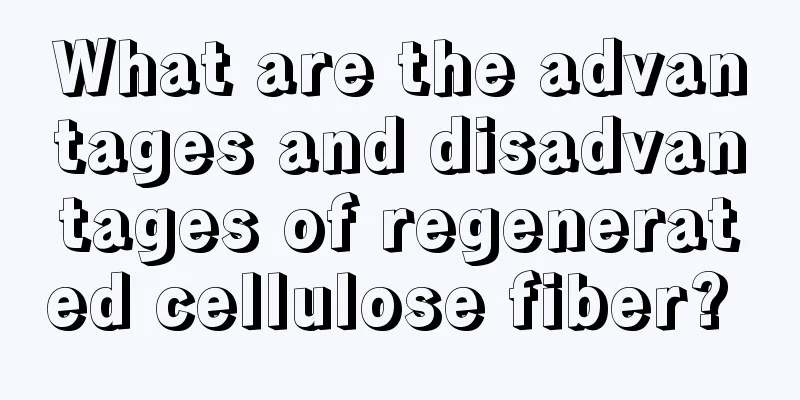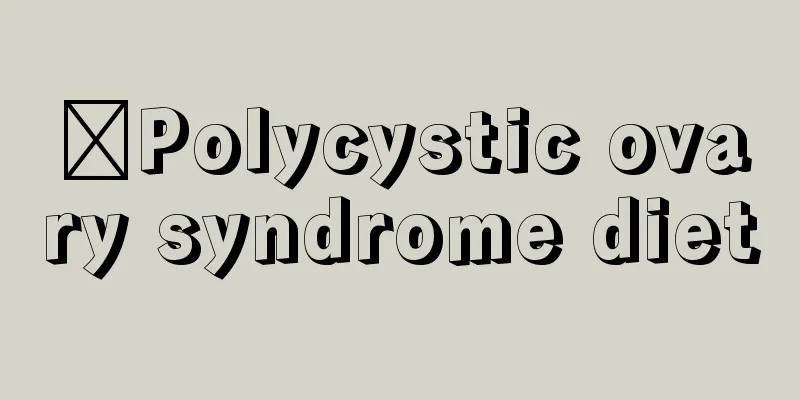What are the advantages and disadvantages of regenerated cellulose fiber?

|
The resources on the earth are not infinite, but human needs are infinite. With the development of society, many people do not understand regenerated cellulose fibers, and believe that such fibers are not good for the human body, especially for "regeneration", and feel that artificial products are harmful to the human body. In fact, Tencel, bamboo fiber, corn fiber and milk fiber are all regenerated cellulose fibers. Regenerated cellulose fiber combines the characteristics of natural fiber and chemical fiber, and is a more environmentally friendly fiber. What are the advantages and disadvantages of regenerated cellulose fiber? Let’s take a look at it next. 1. What is regenerated cellulose fiber and what are its advantages and disadvantages? We all know that the resources on the earth are limited, but human needs are infinite. With the reduction of arable land and the increasing depletion of oil resources, the output of natural fibers and synthetic fibers will be increasingly restricted, and regenerated cellulose fibers came into being. While people pay attention to the environmental performance in the process of textile consumption, they have also re-recognized and explored the value of regenerated cellulose fibers. Today, the application of regenerated cellulose fibers has gained an unprecedented development opportunity. 2. What kind of fabric is regenerated cellulose fiber? 1. Misunderstanding Many people do not understand regenerated cellulose fiber and think that this type of fiber is not good, especially the word "regenerated". In fact, Tencel, modal, bamboo fiber, soybean, corn, and milk fiber are all regenerated cellulose fibers. 2. Features Regenerated cellulose fiber combines the characteristics of natural fiber and chemical fiber and is an environmentally friendly fiber in the new century. They have different properties, but they are all made by spinning cellulose extracted from natural materials. 3. Raw materials Regenerated cellulose fiber is taken from cellulose in natural materials. It has the unique characteristics of natural materials and is an environmentally friendly fiber in the new century. Lyocell fiber and modal fiber are wood pulp fibers; bamboo fiber is bamboo pulp fiber, soybean is the protein separated from soybean meal after oil extraction, polylactic acid fiber is spun after fermentation of corn and other grains, and milk protein fiber is spun from protein in milk. They have different properties, but they are all made by extracting cellulose from natural materials and spinning them. 3. Advantages of regenerated cellulose fiber 1. Natural degradation and environmental protection Nowadays, many materials, especially chemical fibers, cannot be degraded and eventually become white waste. Incineration will also pollute the air. For this type of fiber, you should try to use it as little as possible! Regenerated cellulose fibers are naturally biodegradable. 2. Moisture-absorbent and breathable for good sleep 01. Lyocell: Rich in hydrophilic hydroxyl groups, it has good hygroscopicity. 02. Modal: The fiber has good uniformity, large pores, and good air permeability and moisture absorption. 03. Bamboo fiber: The breathability is 2.5 times higher than that of cotton fiber. 04.Soybean fiber: rich in hydrophilic hydroxyl and amino groups, moisture absorbing and breathable. 05. Corn fiber: has unique wicking effect and moisture absorption and quick drying function. 06. Milk fiber: There are many grooves on the surface, which can easily absorb and store moisture. 4. Smooth, comfortable and close fitting Compared with cotton, regenerated cellulose fiber has good luster and silky smoothness. For example, the cross-sections of lyocell, modal, polylactic acid fiber, milk protein fiber, etc. are round, so they have good luster, and the fabrics made from them feel very comfortable; they will feel particularly comfortable when used close to the body. 5. Healthy, safe and skin-friendly All regenerated cellulose fibers are taken from cellulose in natural materials. Unlike general synthetic fibers, they possess the unique properties of natural materials. For example, soy protein fiber contains 18 to 20 kinds of amino acids, and milk protein fiber is also rich in amino acids, which have good skin-friendly and health-care effects on the body; for example, bamboo fiber has good antibacterial and anti-mite effects. |
<<: How to relieve stomach pain from eating hot pot
>>: What is the white mark on the front of the nail?
Recommend
The relationship between dietary habits and pancreatic cancer
Diet is an important risk factor for pancreatic c...
How to regulate endocrine hormone disorders
Endocrine disorders are relatively common disease...
How to determine calf edema
Many people have encountered the problem of calf ...
What to do with calluses on feet caused by wearing shoes
Whether shoes are comfortable is very important f...
Tips for removing spots from the corners of the eyes
Many women want their faces to be beautiful witho...
Can I still use the non-stick pan if the coating falls off?
I believe that everyone uses them quite frequentl...
Which urine test shows kidney disease
Routine urine tests can indeed help us understand...
The best medicine for treating bone cancer
Bone tumors are tumors that occur in bones or the...
Symptoms of mid- and late-stage esophageal cancer
The symptoms of mid- and late-stage esophageal ca...
What to do if your waist gets cold and you can't straighten it up
If you do not pay attention to the maintenance of...
What is the best way to diagnose gastric cancer
Gastric cancer is a malignant tumor in the stomac...
What are the early symptoms of liver cancer? The 4 most obvious symptoms of early liver cancer
Experts point out that if you find yourself exper...
What's the matter with poor digestion
Everyone's physical fitness is different, so ...
What are the symptoms of rib inflammation?
The ribs are an important part of the thoracic ca...
What to do if you cough up blood due to small cell lung cancer? Pay attention to these three points
Coughing up blood in small cell lung cancer is ca...









